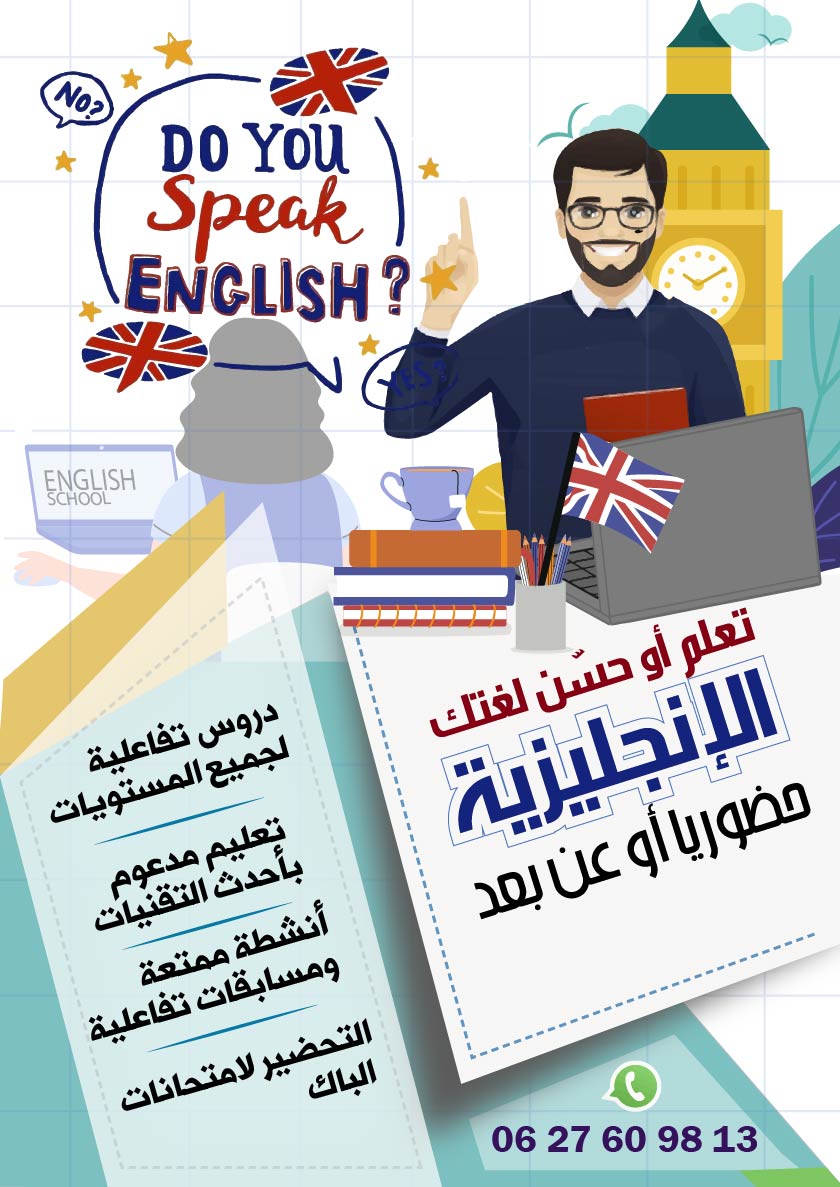Taxonomy is defined as a system of identification and classification of ideas, items or living things within a group according to their differences and similarities. In the kingdom of teaching, taxonomy is more about the categorization of learning in action. In fact, while for centuries the learner was considered as an empty vessel that can be filled with any contents, the reality showed that learners are different in the way they receive, perceive and conceive information. That is to say that in teaching, there are other factors that play a major role in learner’s assimilation in order to be motivated and creative. As a result, the purpose of Bloom’s Taxonomy and its revised version came to widen the vision of learning where three main domains are involved and intertwined going from cognitive to emotive to psychomotor.
As far as the cognitive domain is concerned, it is where knowledge is reckoned to be the core of teaching and learning. However, that knowledge has to be in a constant churn in its use and reuse to be useful and effective. Indeed, any teacher, no matter what his/her subject area is, must understand that students come to school to experience learning in action not learning by just sitting and listening passively. Consequently, students need to be active learners where they are teased to remember, urged to evaluate, empowered to understand, invited to analyze, encouraged to apply and eventually inspired to create.
It is through a warming up that students are set to share what they already know about a specific topic leading them to refresh their memories and reinforce any prior knowledge. When teacher teases students to remember information, s/he is actually hooking them to the main topic in terms of defining, describing, identifying, naming, labeling, listing, matching, outlining, recalling, recognizing,reproducing, selecting and stating thoughts. Now, while students are remembering some facts and concepts, teacher intelligently is adding gradually new knowledge building short and long bridges that would allow students to connect the known with the unknown through explaining, defending and understanding in a structured process.
As a matter of fact, throughout this organized process, students are provided with a variety of opportunities to dig, analyze, infer, compare, contrast and relate the details presented to them while constructing, predicting and applying them in real life projects. Still, such process will not be complete without the valorization of the material that they are exposed to through summarizing and evaluating. It is proven that such dynamic interaction with knowledge compels intensive thinking in different levels going from simple, to average to complex, which would eventually lead to creativity.
The second domain that any teacher must be aware of is the emotive domain where feelings play another major role in teaching and learning. Indeed, learning remains more effective and fruitful when it comes willingly where the weight of a simple smile can make a difference in the day of a learner. These simple and complex feelings of appreciation, enthusiasm, motivation, and positive attitude are likely to feed and spread the dynamics of knowledge in a mysterious way. In short, teachers who show appreciation and joy consistently when interacting with students are without a shadow of a doubt able to energize and inculcate in them the sense of inspiration.
Thus, such passion in teaching would draw a positive impact on students’ attitude towards learning. Moreover, any teacher who shows care in listening to students in any situation will undoubtedly gain respect to be listened to as a teacher when teaching. Some students can even go beyond listening to reach the satisfaction of pleasing a teacher in excelling and working harder. Plus, when teachers work on building trust in their day-to-day teaching, that trust can be transferred to students abilities in learning where the virtue of autonomy and responsibility is valued and applied steadily.
Regarding the psychomotor domain, it is mostly related to the physical activities and their indispensability in the arena of teaching and learning. In fact, teachers need to understand that the same way ideas spin and emotions change going up and down, the body, notably young bodies, is in constant need to move around interacting with its environment to evolve accordingly. This is to say that teachers when planning any lesson, it is vital to enrich the lesson with physical activities in addition to the cognitive and emotive parts. Indeed, any physical task should move with the cognitive and the emotive growth simultaneously.
Consider this: When a teacher arranges a group work in the classroom, the content that students might interact with in a process through reading, dissecting, understanding, and exchanging can be described as the knowledge. Now, the way teacher shows respect and appreciation while managing the classroom environment throughout the group session monitoring and helping students using incentives and words of encouragement can be defined as emotive. Concurrently, the activities assigned for students within the groups where they are engaged in hands-on experiences, moving around, collaborating, debating and producing something tangible can be considered psychomotor.
As a final word, it is advisable that teachers would examine the three domains synchronously whenever they are in the process of designing a lesson, a unit or a project to teach. In other words, students are in need of the three layers in order for them to activate their learning and grow satisfied and inspired in the short and the long run.
Yazid Rabahi M.ED.
Download the article:




































